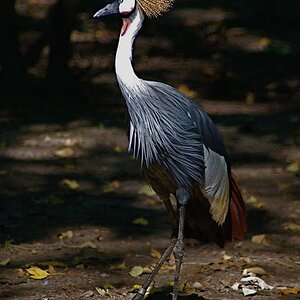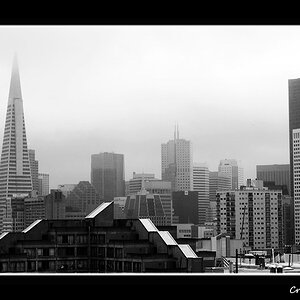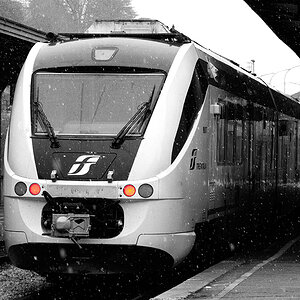lilac22
TPF Noob!
- Joined
- Apr 29, 2015
- Messages
- 1
- Reaction score
- 0
- Can others edit my Photos
- Photos NOT OK to edit
I'm struggling with determining correct exposures when working with manual flash off camera, especially when my flash represents the primary source of light in the scene.
Could someone please work me through it please?
A common problem is if I meter for ambient only my camera will need to be setup way beyond where I am happy, in terms of ISO and speed. So rather than setting a perfect ambient exposure, I get as close as I can without pushing my ISO and shutter speed too much and then I end up chimping with my flash firing to get enough light.
The downsides are in processing I realize my exposure on my subject can be up or down some ways; the LCD lies and it takes time and looks unprofessional.
I have a Portaflash meter for flash, but with no correct ambient exposure to work from don't understand how I can use it to resolve the above issues.
I would really appreciate some help, thank you.
Could someone please work me through it please?
A common problem is if I meter for ambient only my camera will need to be setup way beyond where I am happy, in terms of ISO and speed. So rather than setting a perfect ambient exposure, I get as close as I can without pushing my ISO and shutter speed too much and then I end up chimping with my flash firing to get enough light.
The downsides are in processing I realize my exposure on my subject can be up or down some ways; the LCD lies and it takes time and looks unprofessional.
I have a Portaflash meter for flash, but with no correct ambient exposure to work from don't understand how I can use it to resolve the above issues.
I would really appreciate some help, thank you.


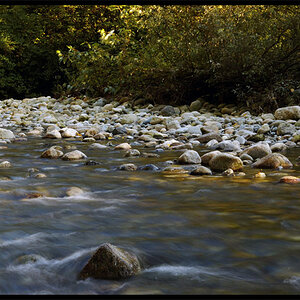
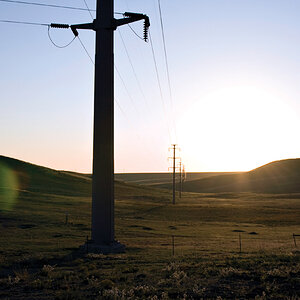

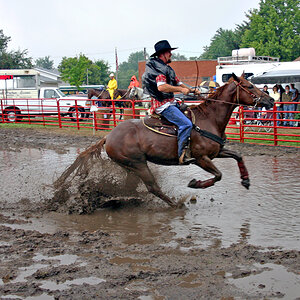

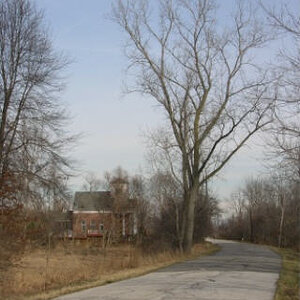
![[No title]](/data/xfmg/thumbnail/31/31750-f3936d67895e1ef2756eb06d7b15fe9c.jpg?1619734990)
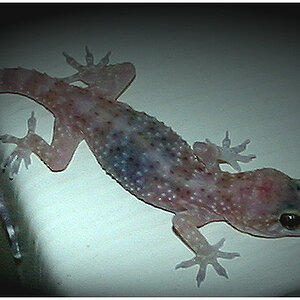
![[No title]](/data/xfmg/thumbnail/42/42064-76de02ee1a248037351c52c414af9bab.jpg?1619739997)
